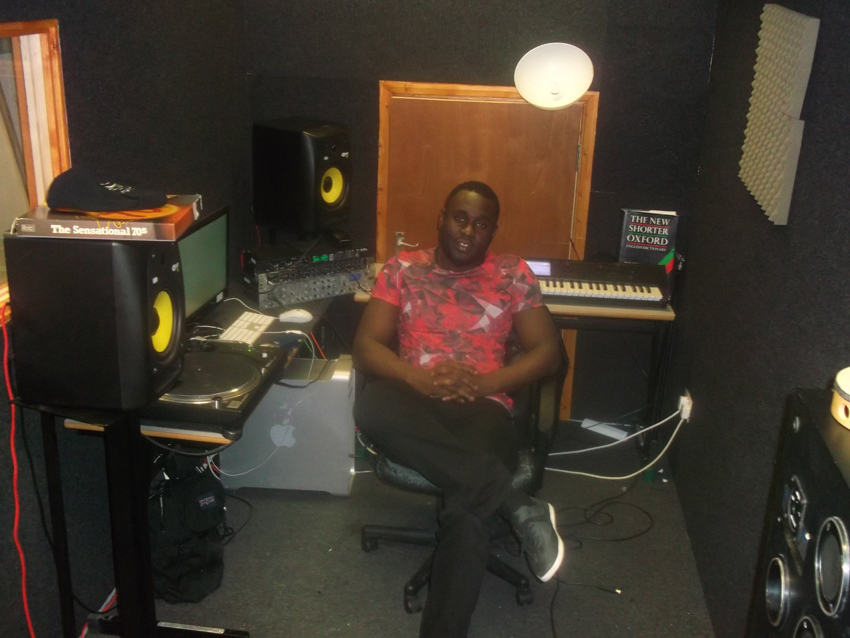
Prince Rapid
Prince Rapid (sometimes known as just Rapid) made his name as one of the founding members of seminal East London grime collective Ruff Sqwad.
In the early noughties, as a member of the Bow outfit, Rapid was responsible for producing a string of now-iconic instrumentals, including the likes of Pied Piper, Tings In Boots and Xtra, that melded the rough energy of early grime with synth-heavy r&b sensibilities. In the years since he's worked as a producer for the likes of Dizzee Rascal, Wiley, Tinie Tempah and fellow Ruff Sqwad founder Tinchy Stryder.
Here, ahead of the release of his latest EP, Turning Point, on 31 March, Rapid breaks out his camera and gives us a personal tour of his current studio setup.
Prince Rapid: “Hello, My name is Prince Rapid, I am a singer, rapper and producer from London. This is one of my studios which I have been in the process of building for few months and it is based in Bow, East London.”
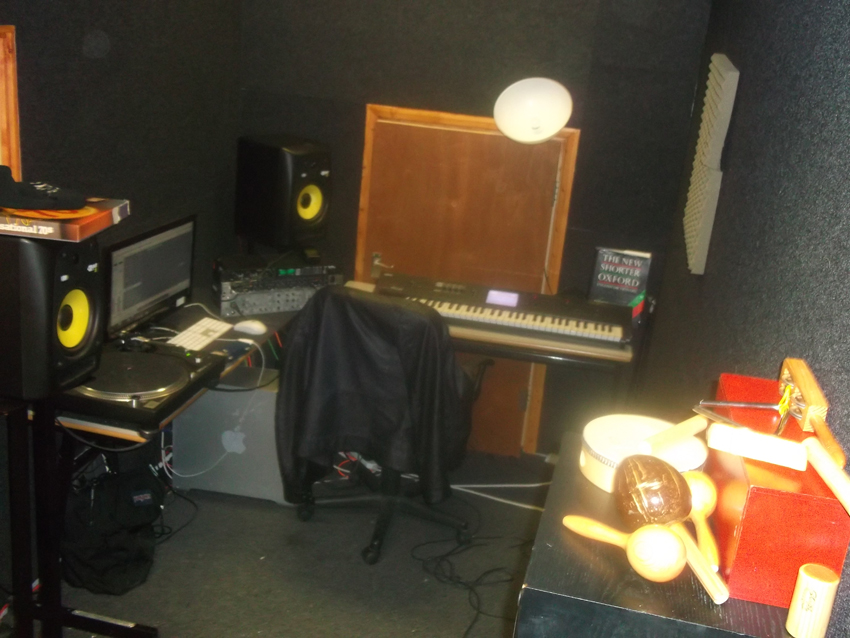
The studio
“My studio is like my second home, I‘m here 50% of my time. A lot of different musicians have come down to my studio to record tracks for myself or their own use. This is the basic equipment that is used on a regular basis.”
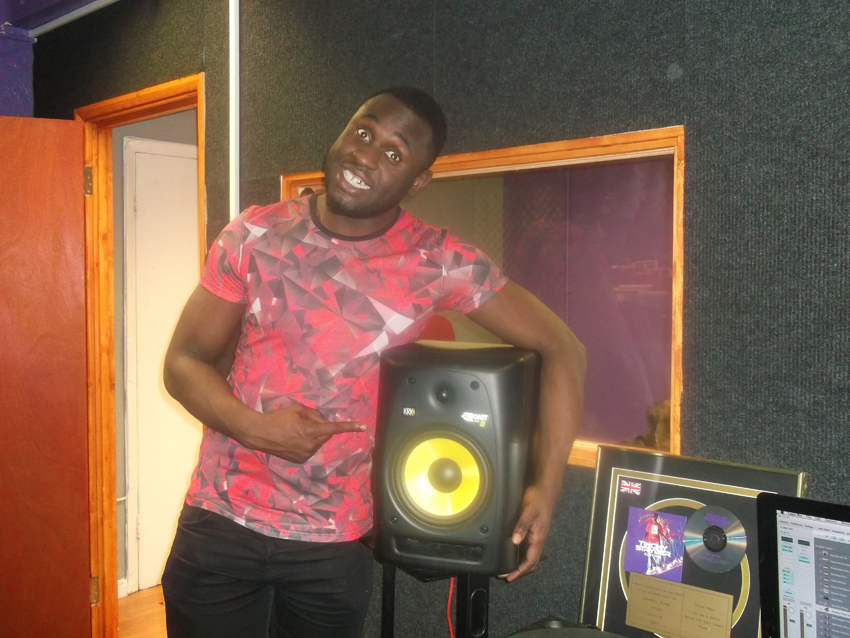
KRK Rokit 6 monitors
“My monitors - I use KRK Rokit 6s. They give me a lot of low end frequencies which I love to hear and translates through my music.
"These are my second set of KRKs, the others are in my home studio. Some Yamaha 10s are on their way to this studio as reference speakers because they project a more natural sound.”
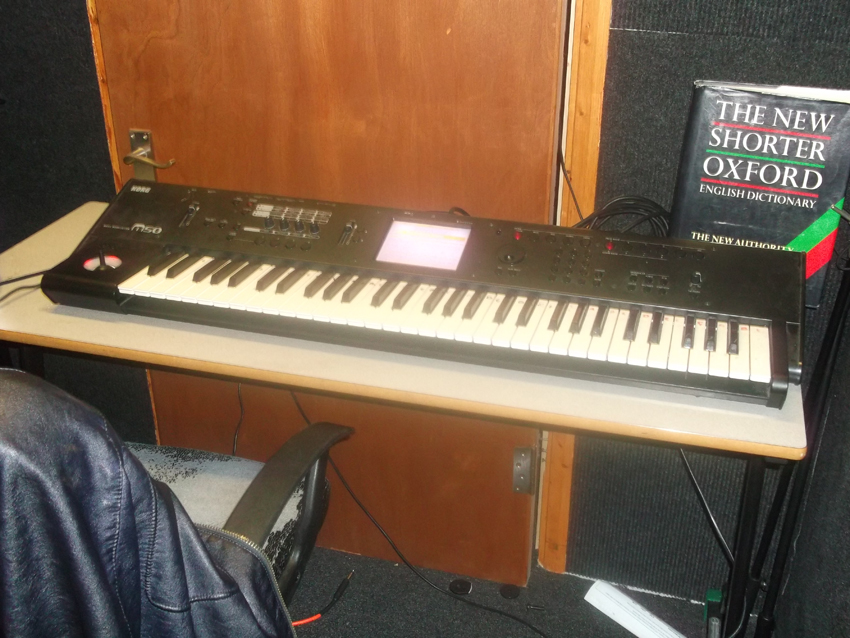
Korg M50
“My Korg M50 has over 1000 sounds built into it, my favourite out of all the categories is the brass section because they sound so organic and natural.
“The reason I love this keyboard is because you can convert audio to midi and edit regions, as a result of this I can use lots of orchestral sounds without having to convert the files into audio.”
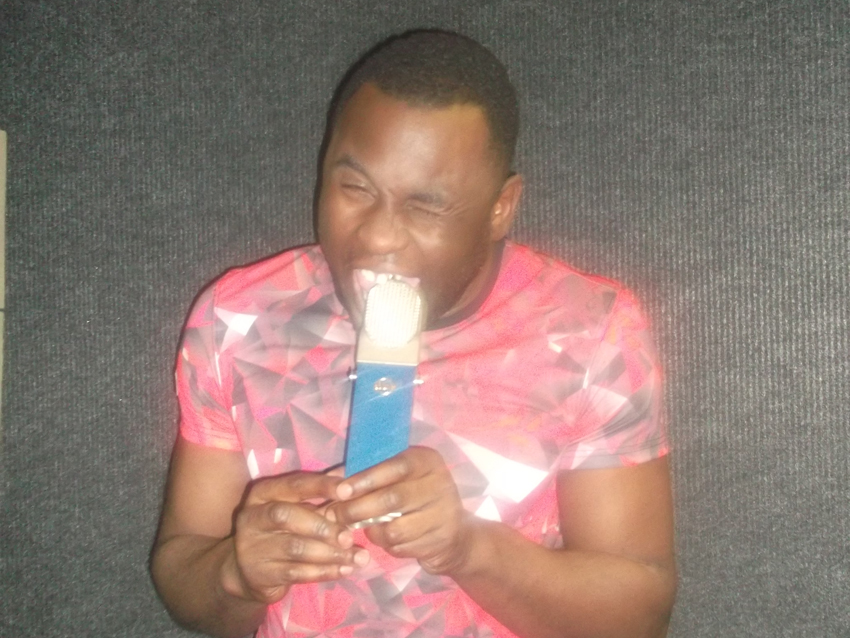
Blue mic
“My microphone, this is a [Blue Microphones] Blueberry Condenser Microphone and it’s my favourite piece of equipment in the studio.
“It ejects a really crisp and natural sound. I fell in love with it when I bought it because it came in a mahogany box and had royal blue cushioning on the inside for protection.”
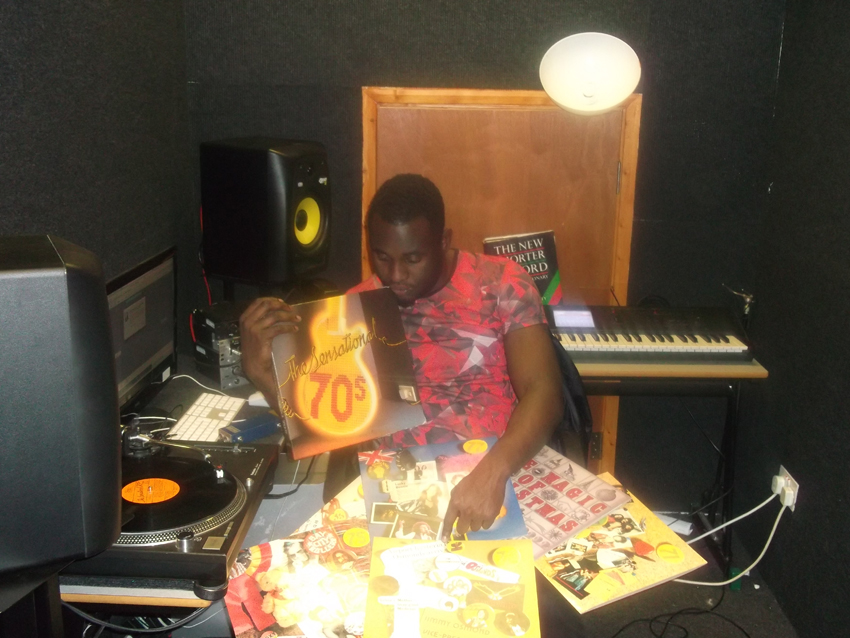
Records
“My records. A lot of my records were passed down to me from my dad, I get a lot of inspiration through listening to alternative music. I’m really inspired by music from the '70s because of its pureness.”
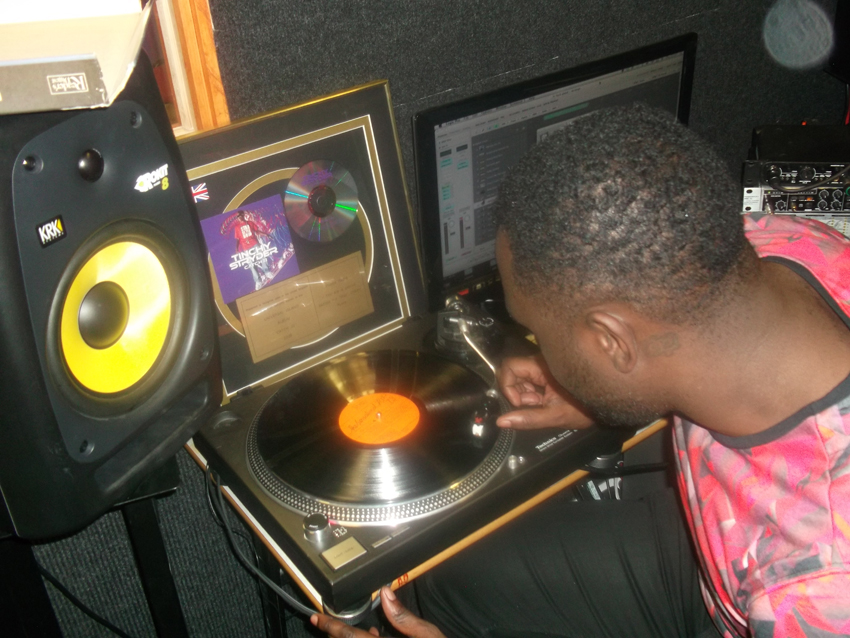
Technics 1210
“My decks. I keep one of my Technics 1210s in the studio for sampling. When I first started producing music this is all that the other DJs would use to sample music. CDJs were never an option.
“When inspiration gets inside my head I may sample a certain sound off of my old records. I love this technique, I love vinyl because when touching vinyl I feel closer to the music then when I’m touching CDs.”
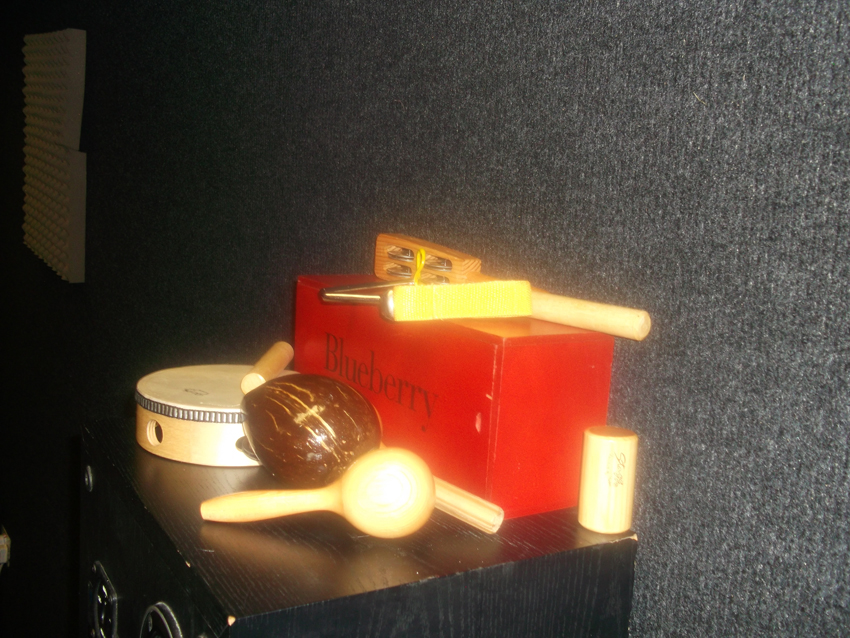
Percussion
“My instruments, these are my shakers, tambourines and my triangle; which all come from the percussion family.
"I tend to use these instruments when I get bored of using virtual percussion. I prefer live instruments because they produce a natural swing as opposed to virtual percussion that can sometimes sound too static.”
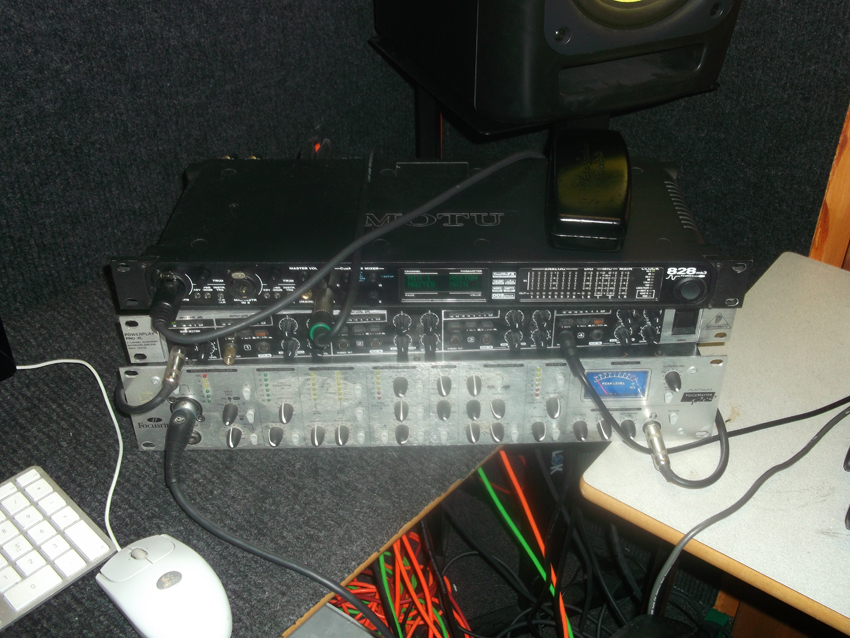
MOTU interface
“My audio interface, this is a MOTU 808 16-channel soundcard. This is the heart of my set up, it manages the inputs and outputs of my equipment as well as allowing me to add additional devices, such as a drum machine, which would go directly into the input of the soundcard.
"It also allows me to use multiple microphones which is helpful when recording live guitarists and vocalist simultaneously.”
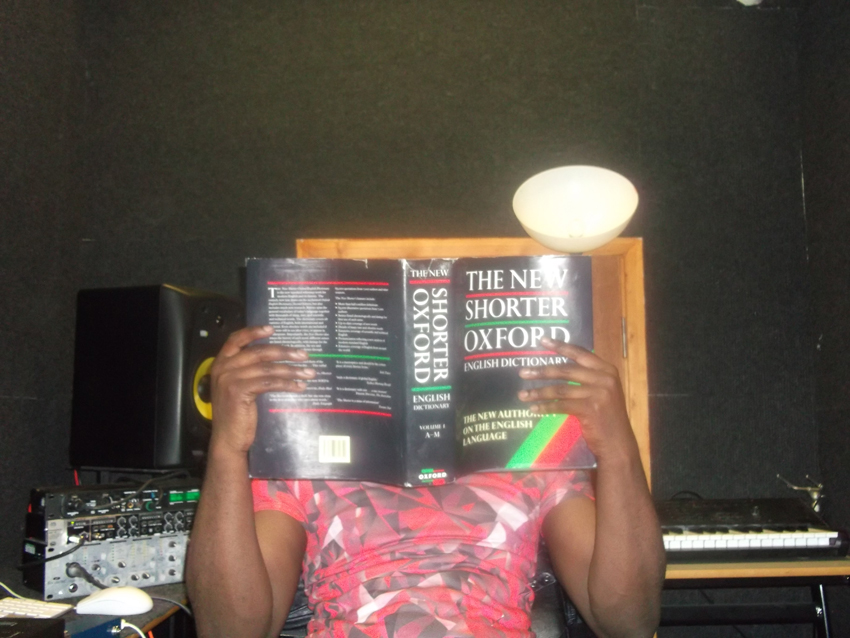
Dictionary
“I keep the New Shorter English Dictionary in the studio for artists who may need a little help with their writing.
“Sometimes they may not be able to think of the word they want and get writers block, or maybe use a word too often they want to find an alternative word instead. It’s a great way to expand an artist's vocabulary.”
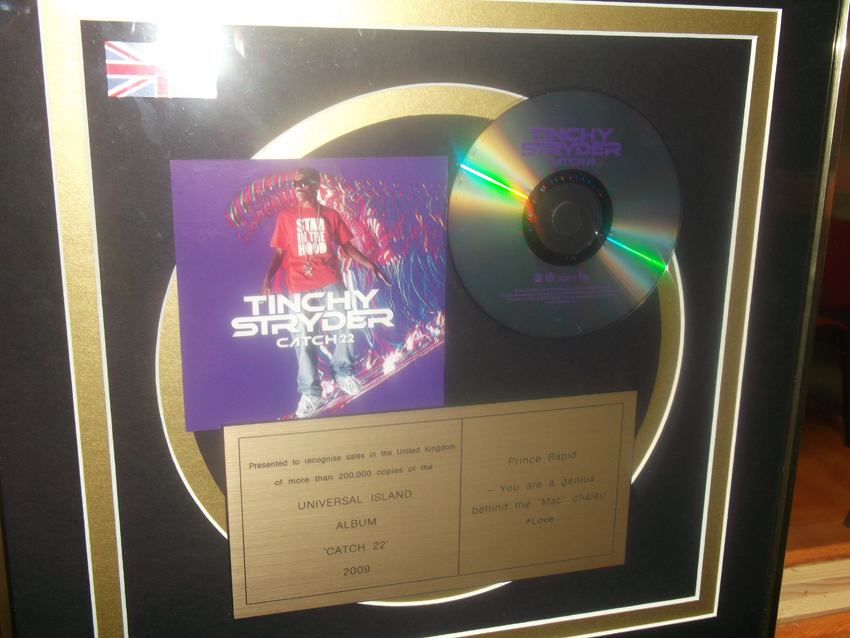
Gold record
“My pride and joy. This plaque was presented to me by the littlest man in Bow.
“I didn’t realise I was going to get presented with this. It marks 200,000 sales worldwide of Tinchy's second album, which I produced and wrote for four of the tracks. I keep this in the studio to motivate me to get my own and to aim even higher.”
I'm the Managing Editor of Music Technology at MusicRadar and former Editor-in-Chief of Future Music, Computer Music and Electronic Musician. I've been messing around with music tech in various forms for over two decades. I've also spent the last 10 years forgetting how to play guitar. Find me in the chillout room at raves complaining that it's past my bedtime.









